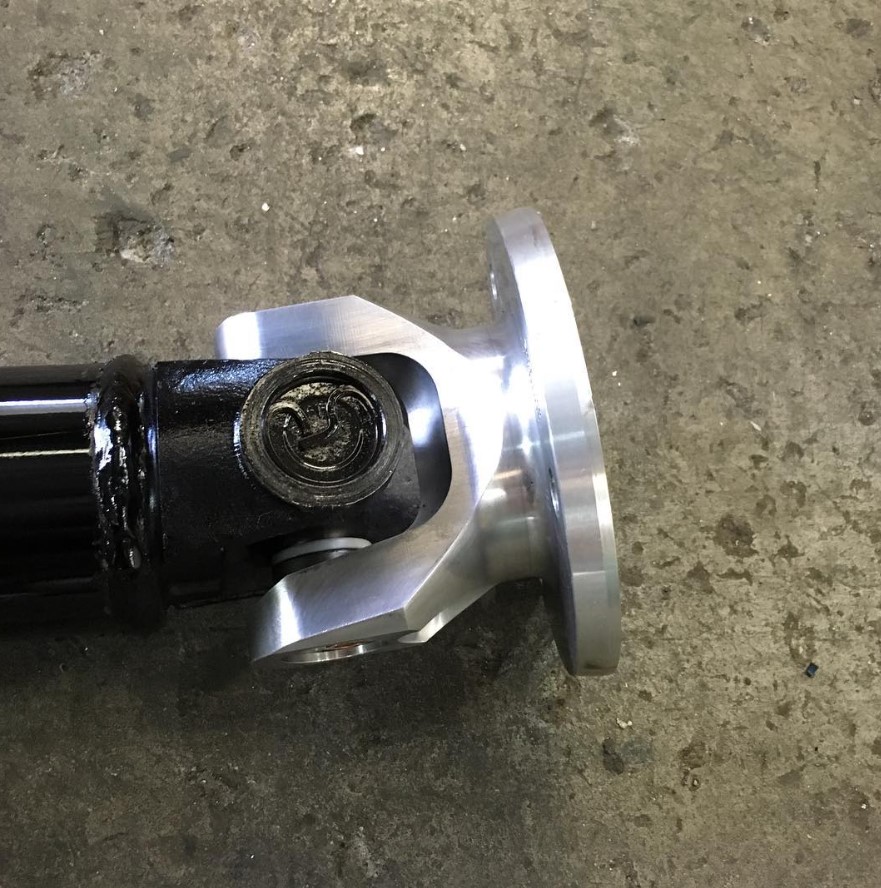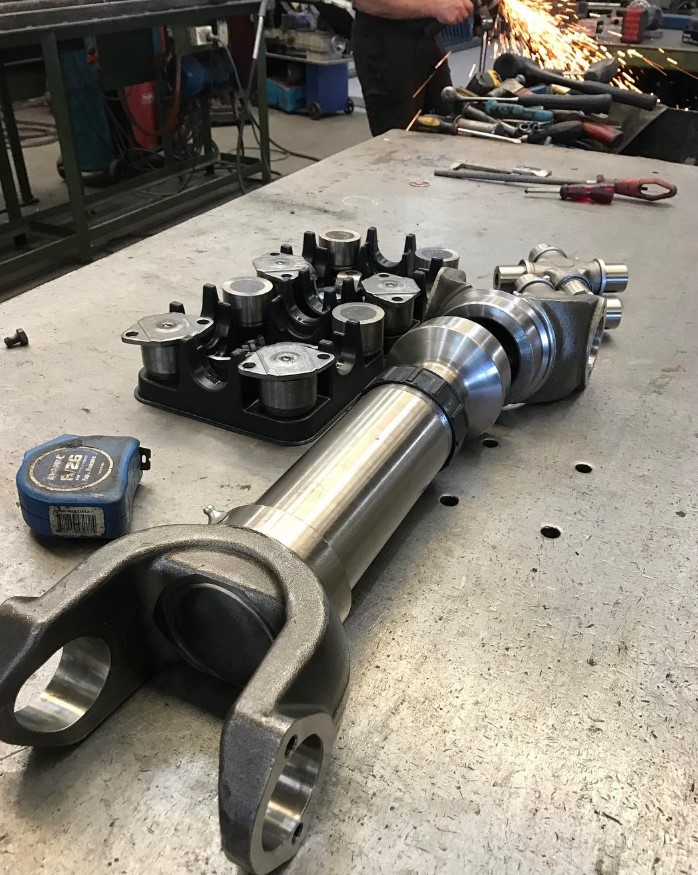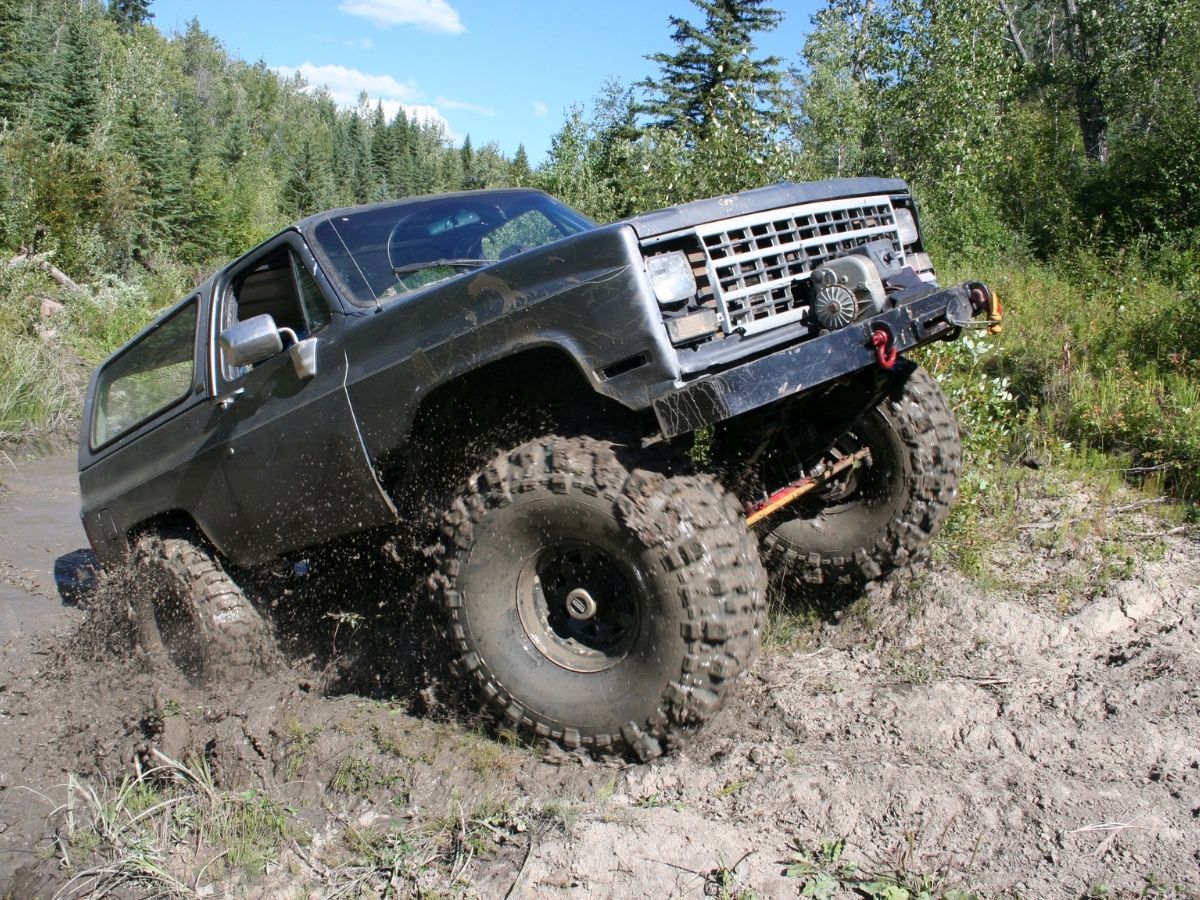No products in the cart.


According to the Bureau of Infrastructure and Transport Research Economics (BITRE), the average vehicle age is now 11.4 years, the highest ever recorded. Utes remain one of the fastest-growing categories, with Toyota alone accounting for more than 1.24 million registered light commercial vehicles nationwide.
In Melbourne, where Hilux, Ranger and Triton utes work hard as daily tools, the impact of this trend is clear. Mechanics are reporting more driveline problems, with tailshaft repairs and balancing now a routine part of servicing older vehicles. At GJ Drivelines, this shift is obvious: what once appeared occasionally is now a steady stream of worn u-joints, fatigued centre bearings, and unbalanced shafts.

Drivers often dismiss early symptoms, but small changes in feel or sound can be critical warning signs.
Look out for:
Catching issues early often means a balance or bearing replacement, rather than a full driveline rebuild.

For owners of Hilux, Ranger, Triton, Navara, or any other 4x4, these trends are more than statistics. They reflect the reality of owning a hard-working vehicle in an ageing fleet.
If your ute spends its life towing, hauling, or heading off-road, your tailshaft is under constant strain. Add in the fact that many of these vehicles are now more than a decade old, and driveline repairs become part of responsible ownership.
Ignoring early signs like vibration at highway speeds can lead to sudden breakdowns, expensive gearbox or differential damage. That means lost productivity if the vehicle is used for work. Choosing a specialist like GJ Drivelines ensures that balancing, reconditioning, and component replacement are done correctly, restoring confidence in your vehicle’s reliability.
For Melbourne drivers, the message is simple: don’t wait until it fails. Preventive repair and balancing now can save thousands later.
Further Reading
Statistics quoted on this page were sourced from the government Bureau of Infrastructure and Transport Research Economics (BITRE): Bureau of Infrastructure and Transport Research Economics (BITRE) – Road Vehicles Australia, January 2024
Chrysler – Dodge
727 – 30 Spline 1 11/16″ Seal Diameter
904 – 26 Spline 1 9/16″ Seal Diameter
Ford
C6-T56 – 31 Spline 1 11/16″ Seal Diameter
AOD & C4 & T5 – 28 Spline 1 1/2″ Seal Diameter
4 R 7OW – 28 Spline 1.598″ Seal Diameter
General Motors
T-350 700R4-4LLOE – 27 Spline 1 1/2″ Seal Diameter
T-400-4L80E – 32 Spline 1 7/8″ Seal Diameter
Note: Transmission slip yokes are manufactured with various U-Joint Series. It is important to match Horsepower and Torque requirements to U-Joint Series. For aftermarket transmission applications usually a spline count and seal diameter will identify slip yoke required.

If Pinion Yoke has Placement tabs that retain the U-Joint, measure inside tabs. See Diagram D.

If Pinion Yoke does not have Placement Tabs that retain U-Joint, measure from flat of yoke inside to inside. See Diagram E.

If 4 bolt Flange is used on pinion, measure Pilot Diameter and center to center diagonally bolt hole to bolt hole. See Diagram L.

Universal Joint Size. There are hundreds of U-Joint sizes or “Series” to accomodate many different applications of power and desired longevity for your automotive, 4×4 truck or auto racing requirements, these 4 series of joints cover most needs.
1310 Spicer Series: 1 1/16″ Cup Diameter (Dim C – Diagram A) 3 7/32″ length (Dim B – Diagram A) Certain Ford applications have 2 cups 1 1/8 Diameter. Appropriate horse power range is up to 500 in circle track or road racing, small tire drag racing and 4×4. Also available: Performance Dynamic Cryo Joint.
1330 Spicer Series: 1 1/16″ Cup Diameter (Dim C – Diagram A) 3 5/8″ length (Dim B – Diagram A) Certain Ford applications have 2 cups 1 1/8 Diameter. Slightly stronger than 1310, Used in 5.0 Mustangs. Also available: Performance Dynamic Cryo Joint.
3R Saginaw Series: 1 1/8″ Cup Diameter (Dim C – Diagram A) Retained with internal clip 2 5/8″ (Dim B – Diagram A). Most common GM joint. Horse power range up to 700 in road racing and circle track. Solid drag racing U-Joint can accomodate most sportsman classes. Also available: Performance Dynamic Cryo Joint.
1350 Spicer Series: Manufactured with OEM tolerances and treated with our Cryogenic Process to yeild the strongest U-Joint available. For drag racing applications a solid non-lube design U-Joint is recommended because of the tremendous initial shock load, or short duration of high torque the joint must be able to withstand.

If PST is supplying you with transmission slip yoke, Pinion yoke and driveshaft yoke measure Dim W. See Diagram N.
If PST is supplying you with transmission slip yoke and driveshaft measure Dim X. See Diagram N.
2 Piece driveshafts use Dim Y + Z. See Diagram N.